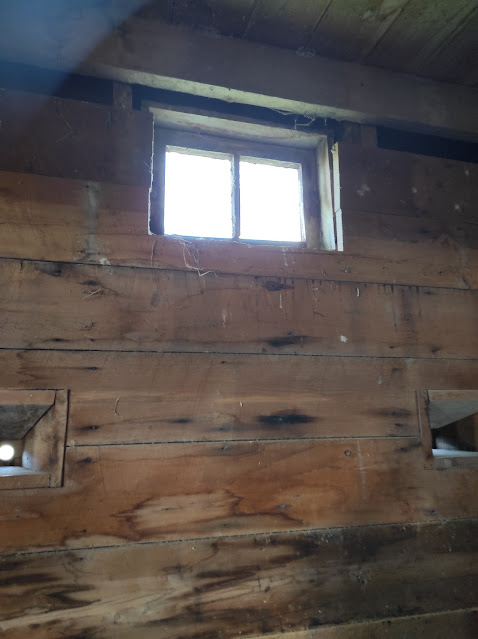I'm not sure if it's just Baptist Churches (since it's only when we've been in Baptist Churches that we've come across it) but May is Missions Month - a time when certain churches specifically focus on the missionaries they know and/or support and where members often pledge to give to missions over the next twelve months.
Our church also does something else for Missions Month. On the last Sunday of every month, we share food for a fellowship lunch after the morning service. In May we still do this, but it looks a little different in that each family chooses a country to represent and rolls up with food from that country - and dress to match if they can.
This year DH and I decided to do Shetland. DH has ties to the Shetland Isles through his mother's side and has been doing some research on the islands over the past few months. It seemed an easy choice to make, and the menu wasn't as difficult as I expected (the bulk of which fell to me).
It seems that lamb and potatoes ("tatties") are a common base for most meals, and we have both in abundance in New Zealand. As for dessert, rhubarb apparently grows everywhere over there, and even though I suspect I have only cooked rhubarb once before in my whole entire life, I decided to be brave and make a dessert using rhubarb. I found this recipe for Rhubarb Almond Cake (substituted vanilla paste for almond essence) and I can now honestly say that I think I have found a new family favourite. Moist, not too sweet, minimal ingredients, gluten and dairy free (unfortunately, now a consideration for me), and quick to whip up - what was there not to love?
I actually baked the rhubarb the night before I intended making the cake and it didn't seem to affect the outcome at all. We loved this so much that I'm now thinking of trying to grow rhubarb in our garden. If it grows in Shetland, one would hope that it would be an easy task to grow it here in a less harsh environment. But then, when it comes to gardening, especially when I'm involved, nothing is guaranteed.
As for dress, years and years ago, I wanted to knit myself a "true" fair isle sweater. "True" in the sense that I had read that with authentic fair isle no one pattern is repeated in the garment. I did this - and actually liked the resulting sweater - but rarely wore it. Firstly, because it took me ten years or more to get around to weaving in all the ends from all the changes of colour (I didn't know then that I could just carry the yarn up the back of the work until it was needed again), and, secondly, because it is fair isle and the yarn not in use is carried behind the work you essentially end up with a double-layered sweater, which even in New Zealand's winters (and cold homes), was rarely needed.
DH chose to wear (or was coerced into it?) a vest I had knitted him at about the same time. Although not actually fair isle, I think he wore it to support me. It's been hidden in a drawer for years, coming out occasionally for 80's themed parties that our sons attended, or when I felt particularly brave and wore it to work. That it still looks brand new isn't due to lack of wear (he used to wear it a lot when I first made it) but the quality of the wool.
But back to Shetland. DH's great-great-grandfather was a fisherman who was lost at sea in a storm, after which his widow decided to immigrate to New Zealand with her five young children. I cannot imagine going halfway across the world (in a ship no less when the ocean had already claimed her husband's life) with five young children, leaving friends and family and all that was familiar, to start a new life. But she did and one way or another carved out a life for herself downunder.
As a native of Scotland, she wasn't alone. Many citizens of what is now the United Kingdom ended up beginning new lives here. And it wasn't easy. Today, as we were taking The Most Adorable Granddaughters#1, #2 and #3 home we learnt that they had never seen a blockhouse. With a privately built redoubt close by (that had been built by an early Scottish settler), we decided to stop and view it and give the girls a bit of a history lesson. It also allowed us to take some photos of the girls which will hopefully mean that when our family calendar comes out next year, The Most Adorable Granddaughter#2 will have no reason to complain that she is underrepresented! Apparently, she knows exactly how many times each family member appears in our present calendar and the fact that The Most Adorable Granddaughter#11 does not appear at all - having been born after the calendar was printed - does nothing to appease Miss Almost-16's sense of having been overlooked and terribly wronged!
(To add to those wrongs, I'll point out that The Most Adorable Granddaughter#3 is now taller than both of her older sisters.)









Comments